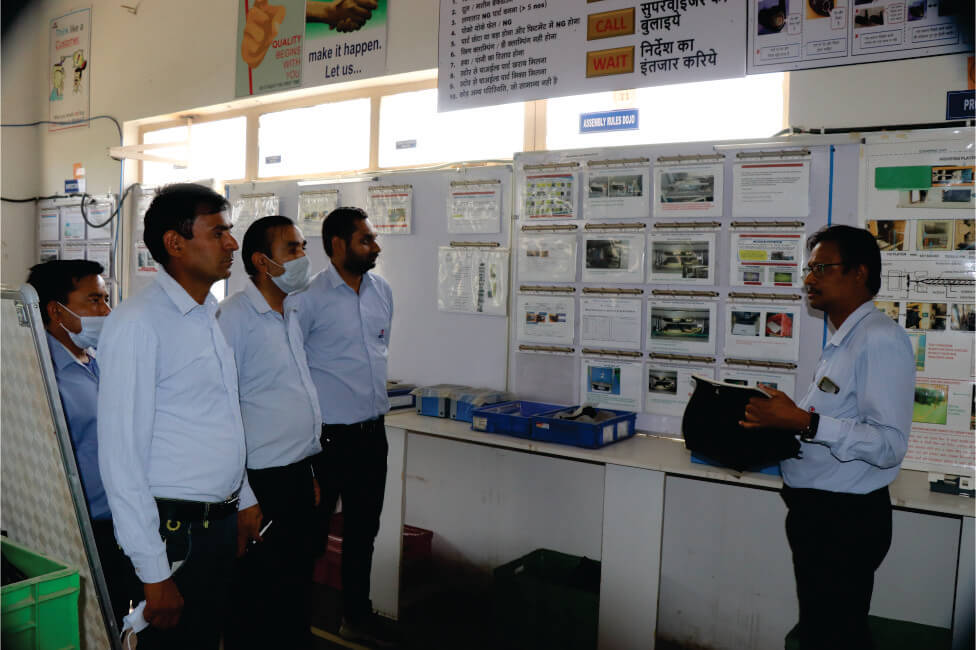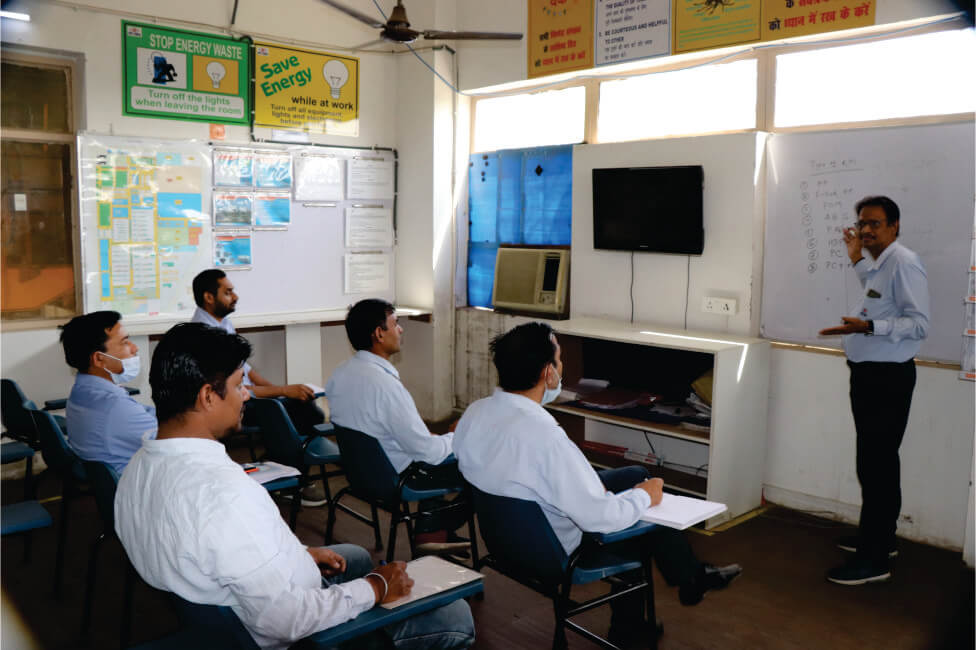Filters are also known as pressure filters, return line filters, screw-on filters, offline filters, suction filters or air breathers.
Based on the feedback from many hydraulic engineers, over 80% of hydraulic failures are caused by fluid contamination and hydraulic filters are the main line of defence in keeping systems clean. It is vital that filters are sufficiently sized and maintained to prevent systems from getting dirty and their reliability suffering as a result.
There are many different types of filter, each designed to be used in a different location within the circuit.
Suction filters are used to prevent larger particles of dirt entering, and potentially damaging the pump. They can also improve the flow of the fluid as it passes into the pump, which helps to reduce negative suction heads.
Pressure filters clean the fluid after the pump and before it enters the circuit. Some pumps are potential dirt generators, so pressure filters provide an effective safety measure.
Return line filters are located just before the fluid returns into the reservoir. They should catch all of the dirt entering the system from the pump and actuators. Because they are low pressure they can provide a more cost-effective way of achieving fine filtration with good dirt retention capacity.
Offline filters have a separate pump system to take fluid from the reservoir, pass it through a filter, before returning it to the reservoir again. This allows the fluid to be cleaned even if the machine is not active and often have high flow rates that ensure maximum cleanliness for minimum equipment failures.
Air breathers are also a vital part of the complete filtration system. When each cylinder extends it will draw air into the reservoir via the air breather. If this does not include a sufficiently fine filter then the dirty air will enter the reservoir and quickly contaminate the fluid.


